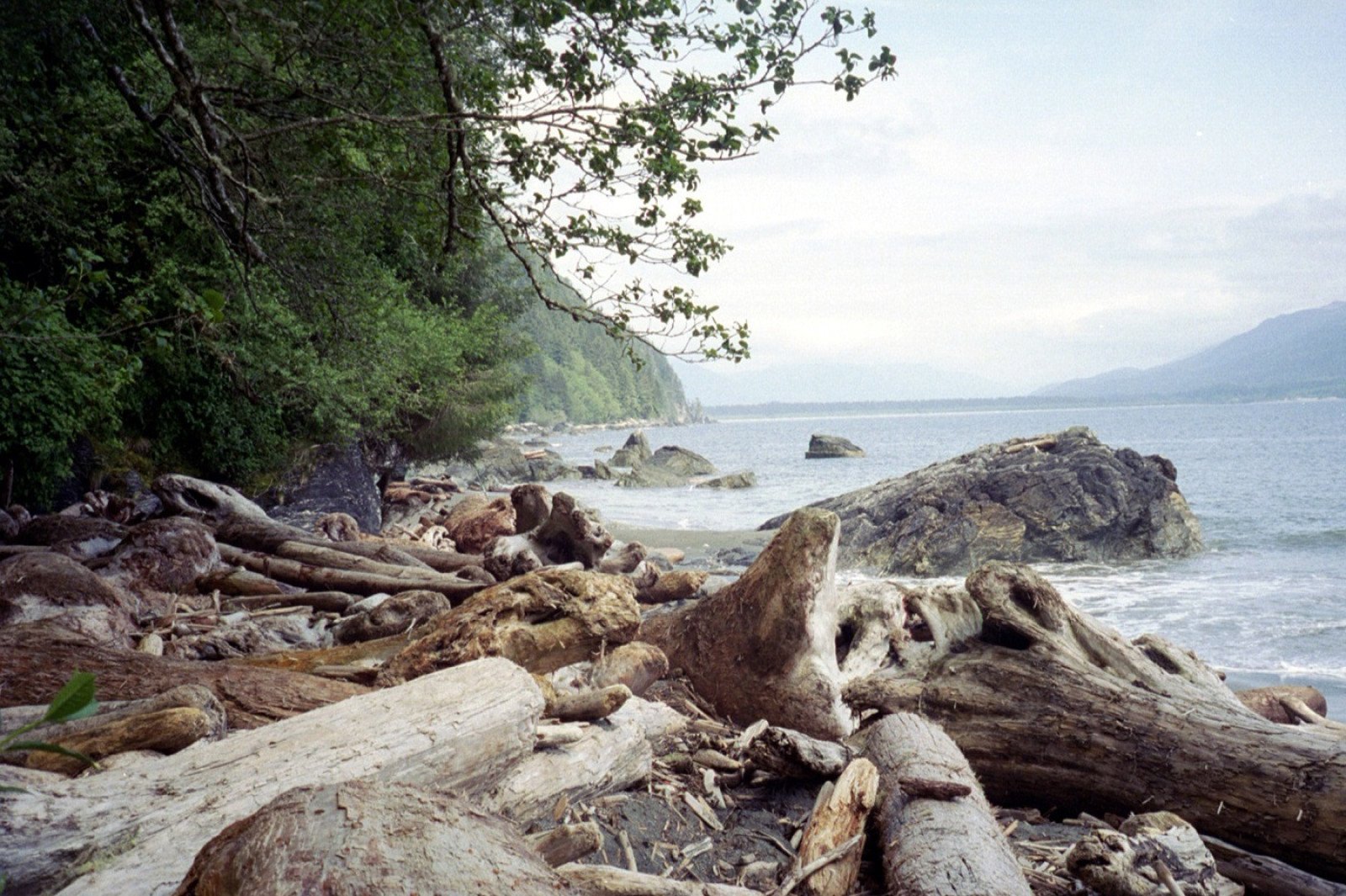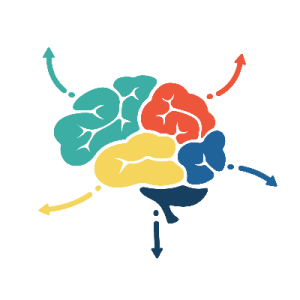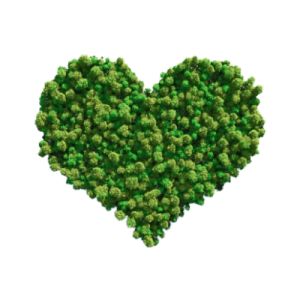Diverse perspectives of water
Learn how to identify and use additional perspectives and knowledge.

Overview
In this activity, your students will practice identifying and applying perspectives and knowledges. Though this activity uses perspectives on water as an example to nurture aspects of the processing and analyzing data and information curricular competency, it can be easily applied to the exploration of any science concept, phenomenon, or content.
Instructions
What you'll need
- "Perspectives about water" handout, at least one per group
- "Applying perspectives and knowledge" handout, at least one per group
- "Assessing my ability to apply perspectives and knowledge" rubric, one per student
- Organize your students into small groups and provide each group with a copy of the "Perspectives about water" handout.
- Begin the activity by inviting groups to read each source and invite your students to make a decision about the perspective in each source. Which is the most likely perspective in each source? Groups might suggest that source 1 represents a western scientific perspective, and source 2 represents an Indigenous perspective. As students share their suggestions, take a moment to emphasize that there can be diversity of views within perspectives. For example, while most Indigenous Peoples view water as a living being, specific beliefs and traditions may vary according to the peoples’ relationship with water.
- Now provide each group with a copy of the "Applying perspectives and knowledge" handout. Briefly explain that this activity will focus on identifying and using additional perspectives and knowledge. Guide groups in labelling a box with each perspective (the additional boxes could be used to examine other perspectives on water).
- Invite groups to suggest what important ideas or beliefs each source reveals about that perspective’s views on water. Some of these ideas might be clearly stated, while others may need to be inferred. Prompt groups to note these ideas in the appropriate perspective. For example, students could suggest that Indigenous Peoples may view water as a living being, while western science tends to view water as abiotic.
- As groups share their thinking, remind them to focus on identifying important ideas rather than identifying strengths or weaknesses of any perspective or way of knowing. An important idea:
- Reveals more detail or insight about the topic
- Can shape or influence how we think about the topic or how we act
- Next, guide your students’ attention to the house-shaped section at the top of the handout. Ask groups to think of how these important ideas might guide how we think about and interact with water. For example, students might suggest that viewing water as a living being might encourage people to treat water with more respect.
- To conclude the activity, discuss why it might be important to find and use additional perspectives and ways of knowing. Play the "Honouring water" video as an example of how the Leq'a:mel Nation in British Columbia honours water.
- Encourage your students to suggest perspectives and knowledges that have been privileged or given priority in science and other subjects, and which have been left out of or ignored.
- Encourage your students to use the blank version of the handout whenever they need to think about and use additional perspectives and knowledge. Students could practice using this competency when learning about any science concept, phenomenon, or content.
Modify or extend this activity
Extensions
- Invite groups to add other perspectives about water to their handout. Students could then apply those perspectives and knowledges to thinking about water.
- Use the thinking strategy to introduce the concept of etuaptmumk or two-eyed seeing (see the “Two-eyed seeing” activity)
- Ask students to suggest the most useful sources for discovering more information about perspectives and ways of knowing that they identify.
- A blank version of the handout can be used by students to identify a range of perspectives and knowledges when exploring other important objects, concepts, or phenomena.
Modifications
When asking groups to think of additional perspectives or ways of knowing, consider suggesting examples that might be particularly relevant but not immediately evident to students.
Curriculum Fit
Grade 7, 8, 9 Science
Curricular competency
Processing and analyzing data and information
- Apply First Peoples perspectives and knowledge, other ways of knowing, and local knowledge as sources of information.
Assessments
- Invite each student to complete a copy of the "Assessing my ability to apply perspectives and knowledge" rubric.
- Evaluate students’ ability to:
- Identify many perspectives and knowledges about a concept, topic, or event.
- Use a thinking strategy to help identify and use perspectives and knowledges.
Teaching Notes
- This activity can be used to help students understand and describe important objects, concepts, or phenomena.
- Identifying and using additional perspectives and knowledge can be an important step in decolonizing perspectives and approaches in science and other subjects.
- When helping students develop the ability to apply perspectives and knowledge, it’s very important to avoid ranking various ways of knowing or suggesting perspectives and knowledge as the “other” (e.g., “Which way of thinking about the water cycle is the best?”). Similarly, it’s important to use various perspectives to enrich thinking or knowing about a concept or topic rather than using one perspective to validate a dominant perspective.
- It’s also important to emphasize that there can be a diversity of views within any perspective and way of knowing. For example, while most Indigenous peoples view water as a living being, specific beliefs and traditions may vary according to the peoples’ relationship with water.








